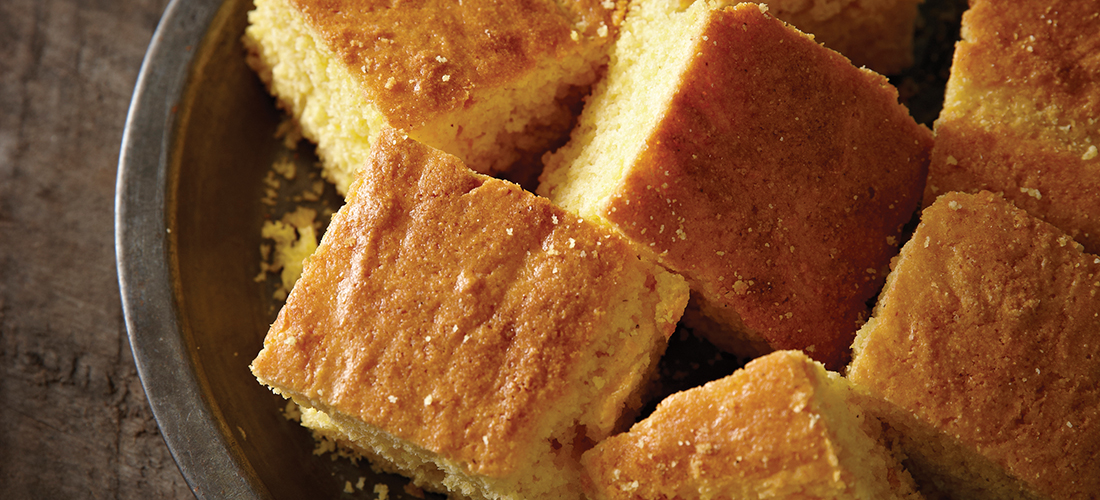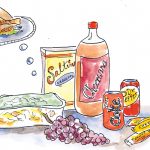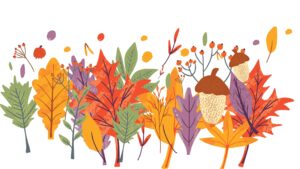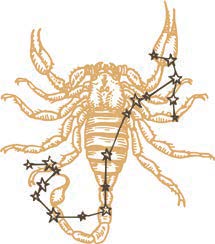
There will be cornbread!
By Jan Leitschuh
Even in these low-carb times, there is cornbread.
It’s not going anywhere.
Moist, lightly golden, aromatic, steam-emitting and firm-yet-crumbly, iconic Southern cornbread is simply a tradition not to be trifled with. This is November, the season of the harvest and Thanksgiving. And there will be cornbread, Paleo diet be damned.
Cornbread has been called the “cornerstone” of Southern cuisine. While we associate cornbread with the tables of the South, the story goes deeper than that. Corn, or maize, is a New World grain, evolved from centuries of careful selection and breeding by indigenous populations of this weedy grass.
Though now it is grown across the world, and bred in laboratories, corn was unknown to Europeans before Columbus. Early settlers naturally tried to grow their familiar wheat in the steamy South. They wanted bread.
But wheat bread did not do as well in Southern fields, while corn did, growing all the way down into Mexico and beyond, where it was domesticated over 10,000 years ago. Several small cobs of several inches developed from a grass that originally produced only one tiny cob an inch long. Now it grows long and prolific, and is the most widely grown grain in the Americas and the most widely grown grain in the world by weight. Over 85 percent of U.S. corn is now genetically modified, under patent, including sweet corn.
Early settlers in the Southeast imitated their native neighbors, learning to process and cook maize from the Cherokee, Creek, Chickasaw and Choctaw. They ground the corn to make a meal, sometimes treating it with alkaline substances to increase nutrition and digestibility. Before long, settlers were adapting recipes to the prolific crop to make the breads and bakery. High in energy, corn became a meal staple. From Colonial days until the present, cornbread has been eaten on Southern tables.
Cornbread rose in popularity during the Civil War. Baking soda became available and was used for leavening. Cornbread was cheap, and it was filling. Meal could be shaped into loaves to bake and rise, or simply fried in some bacon drippings in a cast iron skillet. This latter technique was easy enough for anyone to cook up a mess of fritters, johnnycakes, corn pone and hoecakes that stuck to the ribs and let a body do a hard day’s work.
In fact, with a little water, salt and fat, you could cook a small dense cake right in the field, on a garden hoe blade held over a small fire. As families grew wealthier, the basic recipes expanded to include eggs, buttermilk, flour, yeast and sugar.
Cornbread is considered a quickbread, that is, a bakery leavened with baking powder rather than yeast. Corn lacks the tough gluten proteins that trap gases given off by yeast. Instead, Southern cornbread relies on the protein from eggs to give it structure.
If you grew up in the North, or Midwest as I did, cornbread meant something a little different. Sugar was used, along with a portion of wheat flour, to produce a lighter, more cakey type cornbread. We buttered it lavishly, and drizzled it with honey.
In the South, less sugar is used, and little to no wheat flour. Southern cornbread today can be as simple as corn flour, a little salt, baking powder, milk or buttermilk (clabber) and eggs. Molasses is the traditional drizzle. Leftover cornbread will not go to waste either, sometimes crumbled and served with milk like cold cereal.
The cornbread-like hush puppy is another prized Southern treat, the buttermilk batter being deep-fried, often with the addition of onion powder and seasonings. Served with fish or seafood, you’ll find it on menus up and down the mid-Atlantic coast.
It’s a versatile grain, corn. With different treatments, it’s the basis for cornmeal pudding, masa harina (cornmeal treated with an alkaline lime water) for tamales and tortillas, polenta, posole, hominy, grits, corn muffins, even popcorn, corn flakes and corn dogs. Corn oil and cornstarch, corn syrup and grain alcohol (think moonshine and bourbon whiskey) are further iterations that might show up in our kitchen cabinets.
So now that you’re drooling — you know you are — and have determined to revisit this Southern favorite this November, let us combine the best of the old and the new, the North, the South and the West.
With luck, you are an industrious locavore, and last June and July you bought scads of local, non-GMO sweet corn fresh picked from area markets. You ate sweet corn on the cob, roasted, boiled or steamed, till it came out of your ears, and then sliced the milky, yellow kernels from the remaining cobs and froze batches for chillier times such as these.
That means, clever you, that there is home-frozen sweet corn at your disposal. And if you are going to expend the calories on this starchy, cool weather treat, it’s going to have to be good. That means you are going to add some thawed and drained sweet corn to your cornbread, to help give it tooth and natural sweetness.
If you were unfortunate enough to miss the summer sweet corn train, you could use canned, I guess. Add a small can of drained sweet corn kernels to the mix and fantasize.
There are many variations in cornbread recipes, including those which add cheese, or jalapeños, or pork rinds, onions, even bacon. Native Americans added seeds, or nuts and berries. You do just as your little taste buds dictate.
Mark Twain may be right. This scion of the Midwest may not know how to make a proper Southern cornbread, though we sure do grow a whole heap of corn out there. It’s possible we picked up a tip or two.
The recipe below is a winner, though, and can even be made gluten-free for those holiday visitors who may be avoiding wheat. It has a mild, natural sweetness. If you enjoy an even sweeter cornbread, increase sugar by 1/4 cup.
Stick to the Paleo diet if you must; starchy corn is high in calories. But consider a wee hiatus to whip up a batch of golden-crusted cornbread to have with a winter’s chili, then go for a run. Or permit the odd indulgence at Thanksgiving to celebrate, with gratitude, the season of harvest and abundance.
Buttermilk Cornbread
Ingredients
1/2 cup melted butter
2 eggs
1 cup finely milled yellow cornmeal
1 cup flour (or all-purpose gluten-free baking mix with xanthan gum)
1/4 cup sugar
1/2 teaspoon baking soda
1/2 teaspoon salt
1 cup buttermilk
Kernels from one or two cobs sweet corn, thawed drained.
Instructions
Preheat oven to 375F.
Whisk together melted butter and eggs. Add remaining ingredients except fresh corn. Whisk until just combined and few lumps remain (do not over-mix). Stir in fresh corn kernels.
Pour into a greased 8-inch baking dish. Bake for about 30 minutes, until lightly browned on top and a toothpick inserted into the center comes out clean. PS
Jan Leitschuh is a local gardener, avid eater of fresh produce and co-founder of the Sandhills Farm to Table Cooperative.





